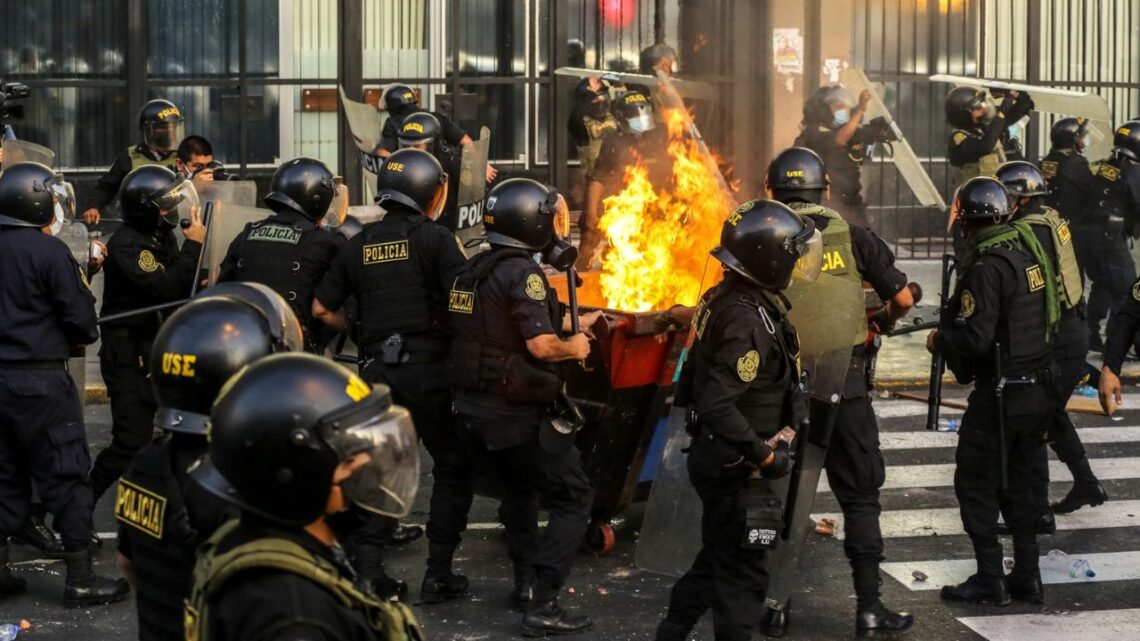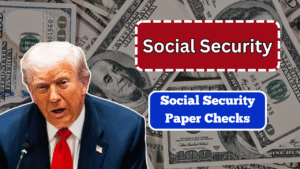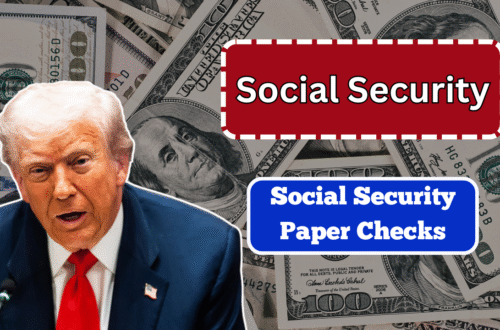Peru is facing a serious human rights crisis after protests in Lima turned deadly. The excessive use of force by security forces left at least one protester dead and more than 100 injured.
Rights organizations, civil society, and domestic oversight bodies have called on the Peruvian government to stop violent crackdowns, ensure independent investigations, and safeguard peaceful dissent.
This article provides a detailed, up-to-date view of what happened, the numbers involved, reactions inside and outside the government, and what practical steps must follow to avert further tragedy.
What Happened- The Incident in Lima
On a recent mass protest in Lima led largely by young people, clashes escalated near Peru’s Congress building.
Security forces deployed tear gas, rubber bullets, and physical crowd control tactics.
During the confrontation, Eduardo Mauricio Ruiz Sanz, 32, was fatally shot. Scores of other protesters, police officers, and journalists sustained injuries.
The scene was chaotic: tear gas canisters flew, crowds surged and retreated, and media crews were caught in the crossfire.
In the aftermath, streets were littered with debris. Many protesters decried what they saw as a disproportionate and militarized response to largely peaceful dissent.
The Numbers You Need to Know
| Metric | Reported Figure |
|---|---|
| Protester fatalities | 1 (Eduardo Mauricio Ruiz Sanz, 32) |
| Total injured | Over 100 individuals |
| Injured police officers | Dozens |
| Injured journalists | Multiple |
| Detainees | Around 10 |
| Crowd-control methods used | Tear gas, rubber projectiles, physical dispersal |
These numbers, while preliminary, illustrate the scale and severity of the confrontation.
Domestic Reaction- Institutions & Civil Society
Peru’s Defensoría del Pueblo (Ombuds office) publicly emphasized that the right to protest is constitutionally protected and must not be curtailed through brutality.
It documented several detentions and expressed concern about potential abuses.
Leaders within Congress and civil-society groups demanded impartial investigations into the death of Ruiz and all injuries sustained.
Some lawmakers called for immediate suspension of police commanders involved in the operation until accountability is assured.
At the same time, many protesters and youth groups responded with caution. While anger is high, some urged restraint and prioritizing nonviolent resistance to avoid giving pretext for more force.
Government and Official Response
President José Jerí addressed the nation and condemned the violence, calling for calm while promising that security forces would be held accountable.
A preliminary human-rights investigation was opened regarding the death of Ruiz.
Interior Ministry officials released statements claiming operatives acted under difficult conditions and alleged that some protestors hurled fireworks and projectiles at police, complicating crowd control efforts.
Nonetheless, the government committed to issuing stricter rules of engagement and reviewing police tactics.
Why This Is a Turning Point
Peru’s recent history is marked by tensions between security imperatives and civil liberties. Past criticisms over unpunished abuses have strained public confidence in institutions.
The way authorities handle this crisis could either exacerbate polarization or push toward renewed social contract.
If the state cannot reconcile public order with human rights guarantees, future protests may spiral into cycles of violence and impunity.
What Must Be Done- The Path Forward
- Halt all disproportionate use of force immediately. Security forces must only intervene under clear, legal criteria: necessity, proportionality, and respect for life.
- Protect journalists, medics, and observers on the scene. Their safety is essential during protests so that independent reporting is possible.
- Launch transparent, independent investigations into all casualties and injuries. Findings must be public, and perpetrators, whether state agents or civilians, must be held accountable.
- Revise rules of engagement for crowd control. Ban indiscriminate use of rubber bullets, unauthorized projectiles, and blind firing.
- Engage in dialogue with protest leaders, youth groups, civil society, and marginalized communities. Address root causes—economic inequality, corruption, lack of opportunity—that fuel unrest.
- Provide reparations and support to victims—medical care, psychological assistance, legal support, and acknowledgement of state responsibility.
The situation in Peru is urgent. The state’s response to protests can either enshrine democratic norms or spiral into suppressive practices.
At a minimum, Peru must end excessive use of force, protect civil liberties, and ensure accountability. Only then can it begin healing the wounds of this latest crisis and prevent further violence.









